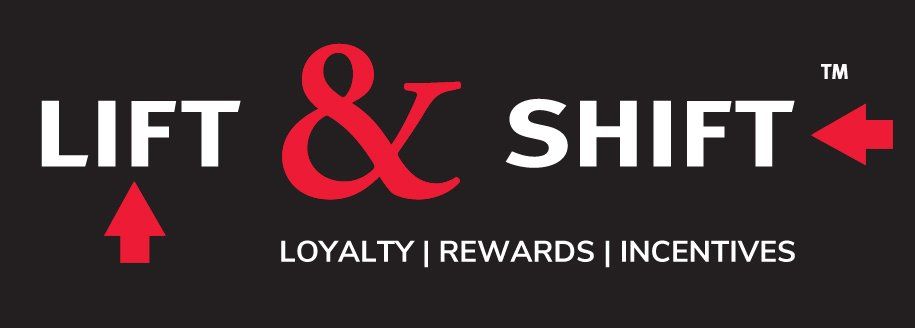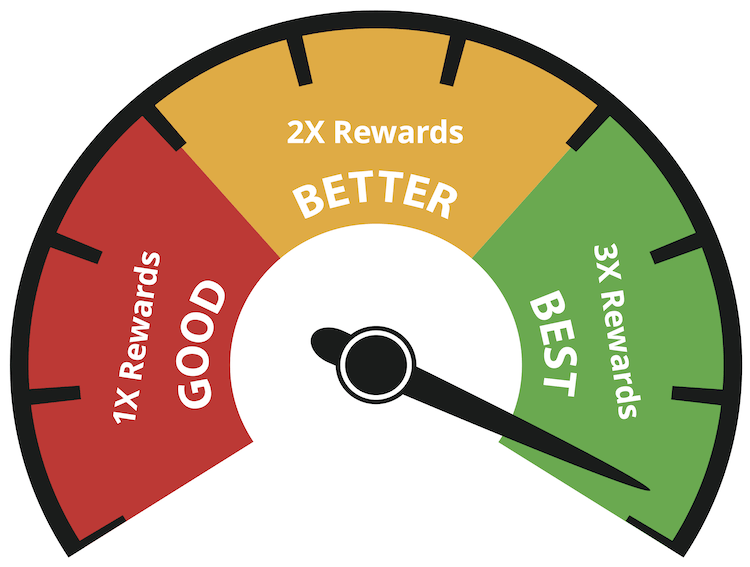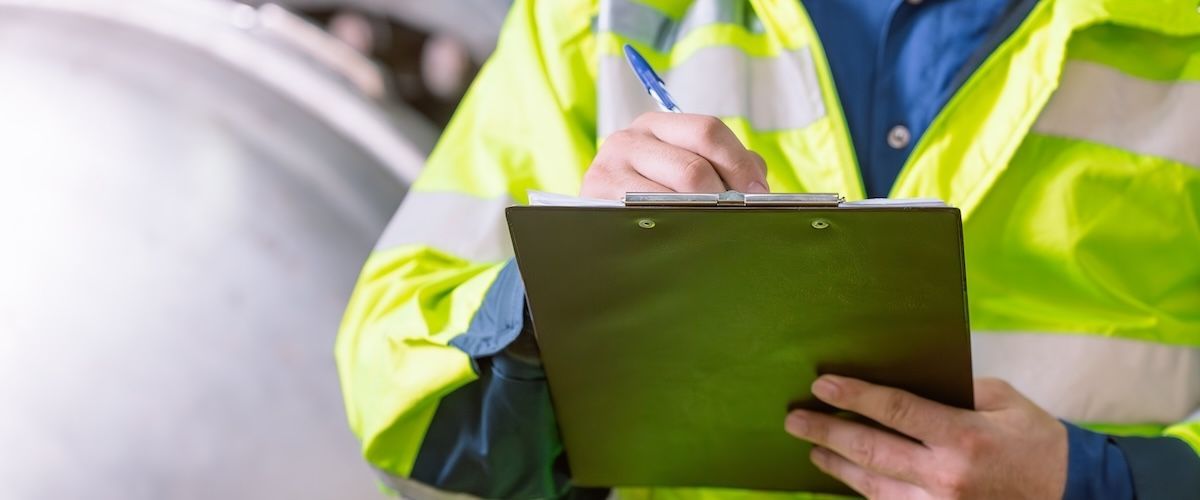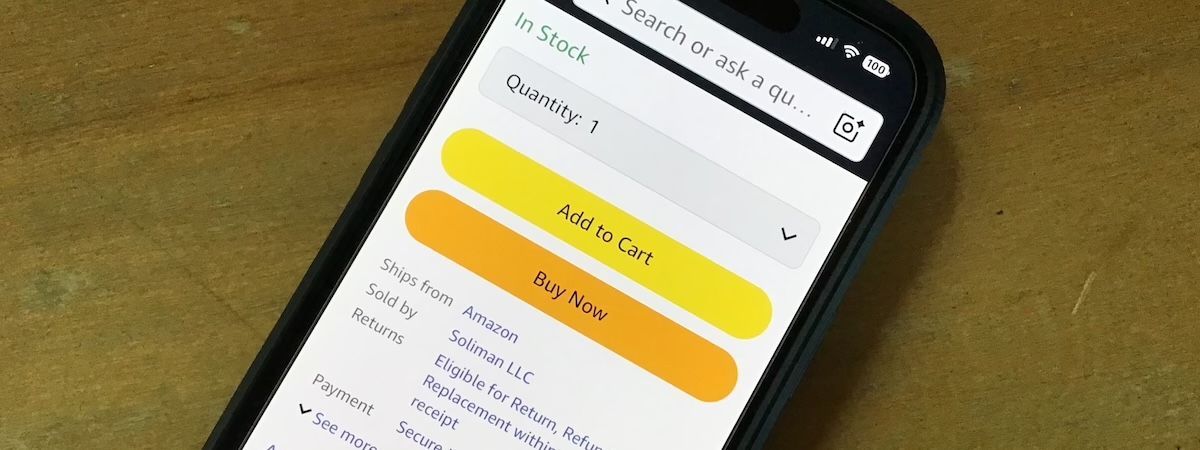While many people tend to associate rewards programs with customer loyalty, they can be highly effective at attracting new customers when properly promoted. A potential new customer will usually research potential vendors. If they notice a reward program being promoted on your website or in other marketing materials/assets, a program can help ensure you are at least added to the contender list. After all, business owners, buyers, downstream customers, salespeople, and channel partners are all using reward programs in their personal lives – so starting to use them professionally is quite normal.
Rewards & Incentives in the B2B Marketplace
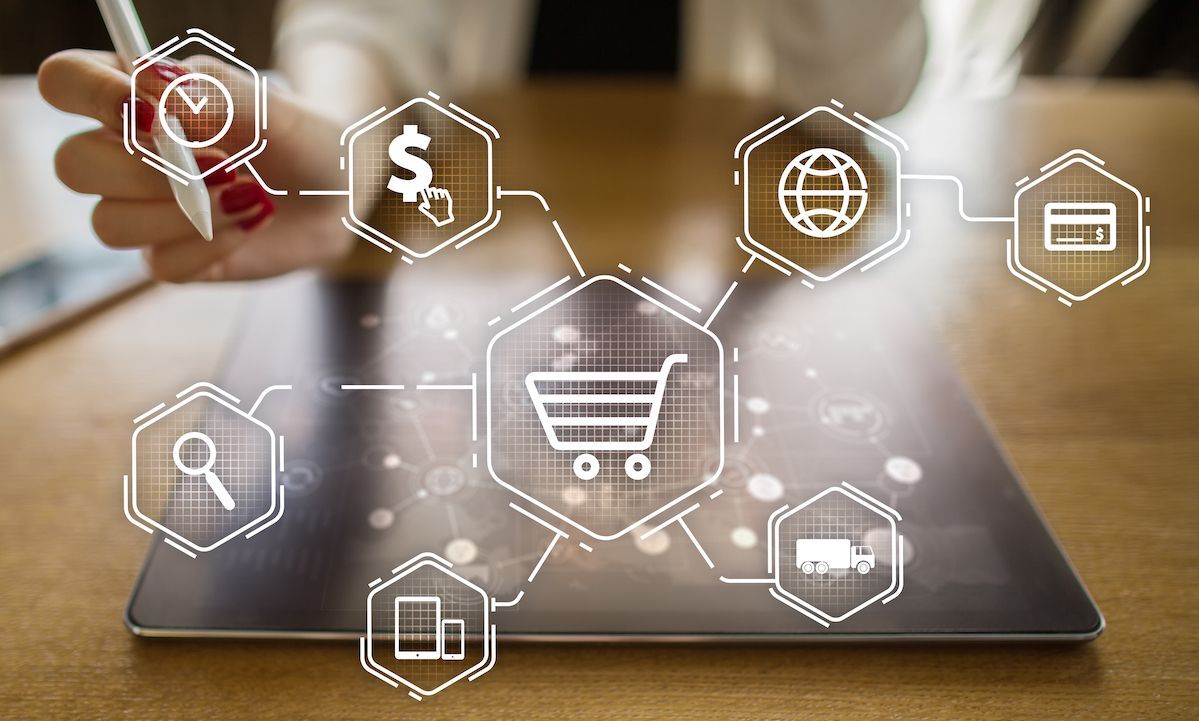
Incentive programs defined
Incentive programs have been around for generations and have taken many shapes and forms over the years. Discounts, rebates, SPIFFs and cash-back are all forms of incentives. Basically, anything that gets a customer or channel partner to consider one vendor over another is an incentive to do business with that vendor.
More recently, points programs have become increasingly popular, starting in the 80’s in the B2C marketplace but now very entrenched in B2B as well. Program participants earn points that can be redeemed for a variety of reward items, ranging from sports equipment to electronics to gift cards to experiential trips.
Technology’s impact on loyalty programs
The most recent stage in the evolution of rewards and incentive programs has been facilitated thanks to technology: the use of historical sales data to guide the use of these programs. The era of big data has been truly transformational for rewards and incentive programs, dramatically enhancing their impact and value to the organizations putting them to use.
How rewards and incentive programs offer value
Rewards and incentive programs offer incredible value and ROI to the companies that use them—when used correctly. Relative to any other form of sales or marketing tactics, rewards and incentive programs, when built and managed correctly, are, by far, the most effective and cost-efficient promotional solutions in the marketplace.
- Companies use their own sales data to drive the program, thereby harnessing the value of the insights of something they get for free—not a bad start.
- A good program employs reward economics that favors the company offering the program—reward offers that are in proportion to the value of the transaction received. So, if you’re working with a 40% margin, offering an incentive of 1.5% to secure a transaction makes sense. If your margins are lower, you use a lower reward value, etc.
- Rewards programs that employ points structures tend to cost less than discounts and rebates, as points are accrued over time. As the point balances increase, their influence increases, but the relative costs do not. With discounts and rebate schemes, many companies have had to dramatically increase the value of their incentives to break through the noise in the marketplace as competitors constantly try to out-discount one another. Because companies that use discounting don’t get an invoice for the discounts applied, they tend to overlook their actual cost relative to goods sold, but if they were ever tallied, the actual cost would often be quite surprising.
Top uses for rewards & incentive programs in the B2B marketplace
The rule of thumb for customer or channel rewards and incentive programs is that they can be used to help accomplish virtually any sales goal an organization has. Here’s a list of 10 common B2B marketplace uses:
1. Acquiring new customers
To further increase the odds that a program can help attract new business, try using an acquisition bonus offer. This can be highly motivating to many people and help you secure that first order or sale.
2. Retaining customers
A core objective of any program (but commonly undervalued by many marketers) is to retain your customers and ensure your sales base remains robust. A good program will help ensure you remain top-of-mind and your program participants are better engaged with your brand and less likely to play the field. Acquiring new customers is great—but if all you’re doing is replacing lost accounts, you’re not really getting any further ahead.
3. Re-activating lost or dormant customers
4. Account growth
Many marketers assume they are already getting the majority of a customers’ category spending. In some cases this may be true – but in the vast majority of cases it is not. Most customers or channel partners work with multiple vendors for a variety of reasons (product choice, inventory certainty, price negotiation leverage, more total available credit, etc.). Bottom line, there is usually lots of room for account growth.
A popular program feature that uses historical sales data to guide performance is the use of growth tiers, where customers earn a modest "base" reward for all purchases they direct to you. They earn extra "growth bonus” rewards when they spend more than they have in the past.
A program can employ any number of growth tiers, using the previous year’s sales data to measure what tiers attain. The more growth, the richer the reward levels. In many cases, the incremental gross profit from the program-related growth will more than pay for the entire reward program many times over.
5. Order size
Depending on each customer and their needs, customer order sizes will vary dramatically from transaction to transaction. However, if customers are open to or in the habit of stocking inventory, using bonus reward threshold offers to increase average transaction sizes is an easy way to increase each customer’s purchases. Depending on your analytics capabilities, you can use generic offers for all customers or segment your customers into groups according to past order size and tailor the threshold offers for each group to make the offers as relevant and engaging as possible.
6. Margin enhancement
Margins vary from one product or service to another. Ideally, your channel partners would consistently sell your highest-margin items, and customers would always buy them, thereby maximizing your profit on each account. But reality is a bit different, so use your B2B reward program to tip the odds heavily in your favor and use bonus reward offers on your highest margin goods or services to increase the odds your customers will buy the higher margin items more often (or your channel partners will be extra-motivated to sell those items to your downstream customers).
7. E-comm adoption
8. Cross-selling
9. Up-selling
10. Category maximization
Many companies, especially distributors, sell a wide array of different product categories. The more categories a customer regularly purchases from the vendor, the stronger and stickier the relationship (and associated revenues). A simple way to use a reward program to encourage this behavior is the use of multi-category offers, where the customer receives increasing value of rewards as the number of categories in a single transaction (or time period) increases. To ensure the bonus offer ROI remains high, it's a good idea to include some sort of minimum transaction size.
If you are looking to introduce a rewards and incentives program or want to improve the one you are using now, contact us to get started.
The Ultimate Guide to B2B Loyalty Programs
This article is part of a series covering how growth-based loyalty programs can elevate sales and company profits by incentivizing current customers to spend more, attracting new customers with appealing rewards, and motivating your sales team.
If you'd like to learn more about B2B Loyalty Programs, then please read the next article in the series: "5 Reasons Why B2B Businesses Need a Loyalty Program".
For an overview of all articles in the series, please visit our resource page "The Ultimate Guide to B2B Loyalty Programs".
Lift & Shift™ offers a powerful B2B reward platform that can help your company leverage its sales data to drive incremental purchases with customers and channel partners or motivate sales staff. We work with manufacturers, distributors and service providers to analyze sales data, identifying purchasing gaps and other valuable targeting opportunities.
We create and deliver highly relevant offers to customers, in-house sales staff or sales associates, motivating your target audience to respond, using a wide array of appealing reward options as influencers. Our performance-based reward structures deliver an unparalleled return on investment, with absolutely no wasted budget.
Our customizable reward platform enables clients to easily benefit from a robust loyalty reward program. It's affordable and includes Lift & Shift’s turnkey professional program administration. We take care of everything so you can focus on your key initiatives.
Looking to create or improve your program?
We can help!
Blog page form

